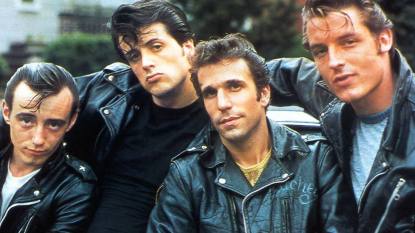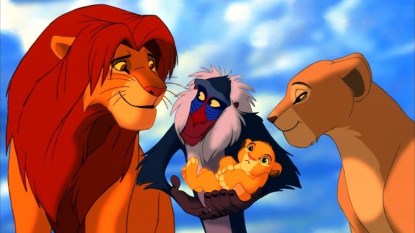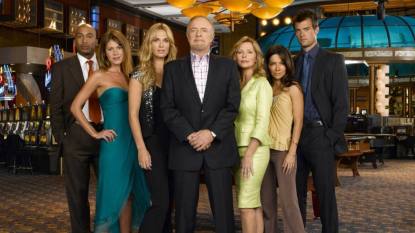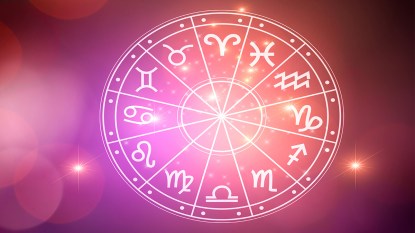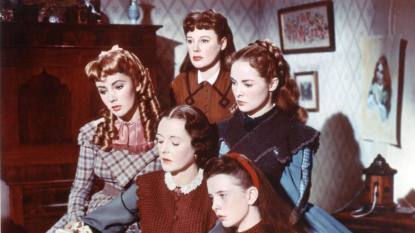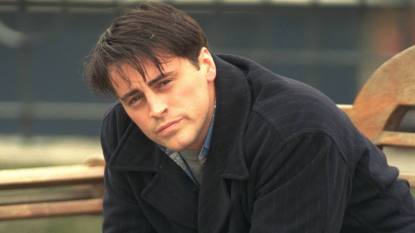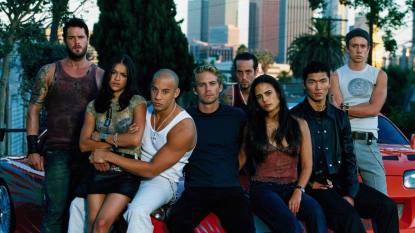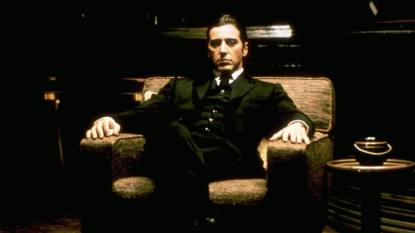How to Make Sure You’re Buying Safe, Non-Toxic Toys This Christmas
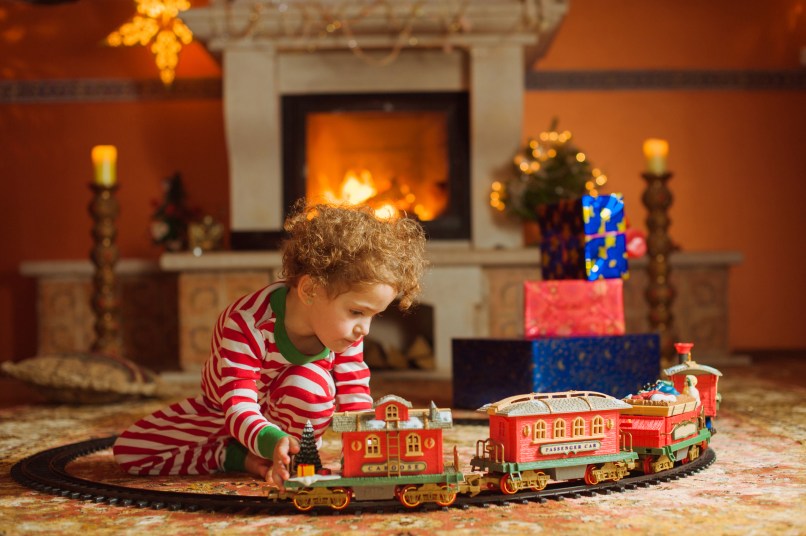
In a perfect world, buying non-toxic toys wouldn’t be something we have to worry about. Recent evidence, however, proves that many of today’s “hottest” toys contain harmful chemicals such as BPA, lead, and phthalates — a group of chemicals used to make plastics more flexible and harder to break. Yikes! But before you frantically run down the hall to dump out your child’s toy chest and scour through every item, take a second to read about which toys are considered “safe toys” and which should be avoided.
Dangerous Toys
In hopes of sorting out the good from the bad, The Doctors’ producer Leslie Marcus visited the United States Consumer Product Safety Commission (CPSC) to see what’s going on behind the scenes in the toy industry and what’s being done to protect our little ones from hazardous toys.
During her time in the lab, Marcus found several instances of lead in toys, including fidget spinners. According to Marcus, fidget spinners are considered a “general use” product and do not have the same regulations as children’s toys. When tested, the product showed a lead content of 250 times the amount of lead that is allowed in a child’s toy.
And as for the most dangerous toys out there? Marcus found riding toys like non-motorized scooters cause the more than 45 percent of toy-related deaths, noting the importance of a high-quality helmet. Aside from non-motorized scooters, Marcus says that parents need to be particularly concerned about counterfeit toys, as they might contain harmful elements that do not pass CPSC standards.
“Toys are not immune to counterfeits. In fact, there are hundreds of thousands of dollars of counterfeit toys seized in this country every year, and that goes back to reading reviews when you are shopping online and on auction sites,” she warns.
Toy Safety Guidelines to Follow This Christmas
The holidays are quickly approaching, which means toy-shopping season is at its peak. If there are a lot of children in your family, the majority of your Christmas shopping will probably be spent in the mostly-destroyed toy aisles of your local department store. Before you decide to fight your way to the register, do a little investigating to see whether your chosen gift-to-be is safe or not.
To avoid buying toxic toys this holiday season, be sure to:
1. Check recalls. Check recalls before buying toys. With hundreds of products being recalled each year, it’s hard for the media to cover them all. Sites like safeproducts.gov can help.
2. Avoid buying vintage toys. Vintage toys that have been passed down through the family may hold sentimental value, but they may also contain lead, especially they were made before 2008.
3. Pay attention to the suggested age range. Toy producers label toys for a reason: to keep kids safe. Take note of a toy’s printed age range, especially if you have younger children who are tempted to play with their older siblings’ toys.
4. Beware of “general use” products. As Marcus mentions, toys labeled “general use” may contain small parts or lead.
Dangerous Toys List
James Schwartz, the director of World Against Toys Causing Harm (W.A.T.C.H), appeared on The Doctors to talk about his findings from WATCH’s annual dangerous toys list, which included the Wonder Woman Battle Sword and the Spiderman Spider-Drone.
Watch the video below for a full list of 2017’s most dangerous toys.
More from FIRST
More Than 500,000 Wind-Up Toys Recalled Due to Choking Hazard
The One Toy From Princess Diana’s Childhood She Wouldn’t Let Her Boys Play With


